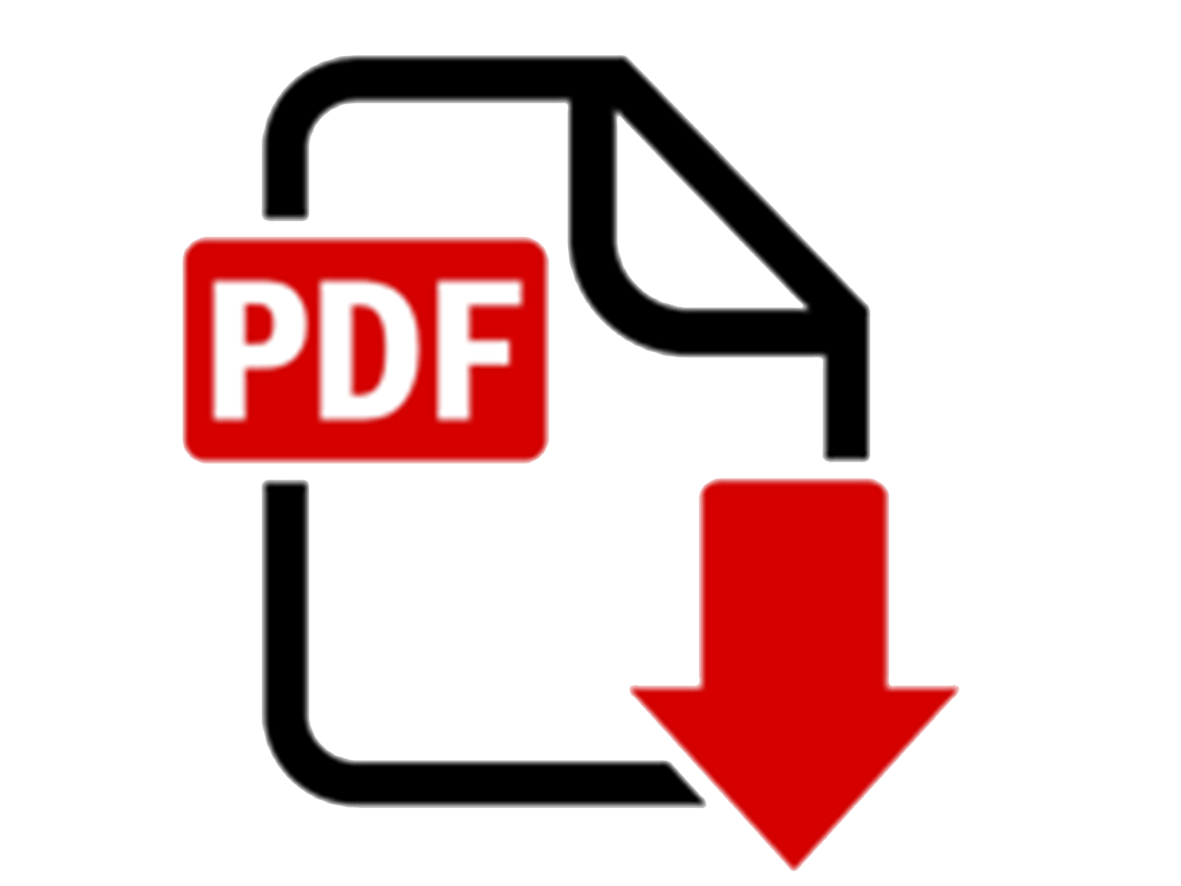IADR Abstract Archives
Accuracy of Manufacturer and Compatible 3D Resins vs. Cast Models
Objectives: This study compared the dimensional accuracy of 3D printer resins (manufacturer-recommended and compatible resin) and the conventional impression method on typodonts.
Methods: Upper and lower arches of nine typodonts (Kilgore®) were scanned with a 3Shape TRIOS® scanner to obtain a baseline digital file of each arch. The digital file of each arch was printed via a Pro Desktop DLP 3D Printer (SprintRay) with two resins: manufacturer-recommended (SprintRay Die and Model Tan) and compatible (ApplyLabWorks – Design Concept Series: DLP Modeling Tan, Moon Ray Printer Compatible). Conventional impressions were taken of the same nine typodonts via Jeltrate Plus® Fast Set (Dentsply Sirona) alginate and Die-Keen® plaster (Modern Materials) to obtain cast models. Three trials of the procedure yielded 108 printed and 54 conventional models. All models were scanned to obtain digital representation. GeoMagic Control® 2015 software was used to superimpose the files of fabricated models with their respective baseline file and then root mean square (RMS) was calculated by analyzing the surface deviation between the two. Measures for the 3 repeated samples in each group were averaged, yielding N=18 per group. Statistical significance was assessed via repeated-measures ANOVA, with the Bonferroni correction used in pairwise comparisons.
Results: The mean±SD values of RMS were 129.16±16.37mm for the SprintRay resin, 143.44±25.80mm for the ApplyLabWorks resin and 177.36±25.76mm for the conventional impression groups. The difference between groups was statistically significant (p<0.001) per the repeated-measures ANOVA. Significant pairwise differences were observed between each resin group and the conventional impression group (p<0.001), but not between the SprintRay and ApplyLabWorks resin groups when applying the Bonferroni correction (p>0.0167).
Conclusions: SprintRay and ApplyLabWorks resins used with Pro Desktop 3D Printer were more accurate for printing typodont arches than conventional cast models. There was not significant evidence of a difference in printing accuracy between the two resins.
Methods: Upper and lower arches of nine typodonts (Kilgore®) were scanned with a 3Shape TRIOS® scanner to obtain a baseline digital file of each arch. The digital file of each arch was printed via a Pro Desktop DLP 3D Printer (SprintRay) with two resins: manufacturer-recommended (SprintRay Die and Model Tan) and compatible (ApplyLabWorks – Design Concept Series: DLP Modeling Tan, Moon Ray Printer Compatible). Conventional impressions were taken of the same nine typodonts via Jeltrate Plus® Fast Set (Dentsply Sirona) alginate and Die-Keen® plaster (Modern Materials) to obtain cast models. Three trials of the procedure yielded 108 printed and 54 conventional models. All models were scanned to obtain digital representation. GeoMagic Control® 2015 software was used to superimpose the files of fabricated models with their respective baseline file and then root mean square (RMS) was calculated by analyzing the surface deviation between the two. Measures for the 3 repeated samples in each group were averaged, yielding N=18 per group. Statistical significance was assessed via repeated-measures ANOVA, with the Bonferroni correction used in pairwise comparisons.
Results: The mean±SD values of RMS were 129.16±16.37mm for the SprintRay resin, 143.44±25.80mm for the ApplyLabWorks resin and 177.36±25.76mm for the conventional impression groups. The difference between groups was statistically significant (p<0.001) per the repeated-measures ANOVA. Significant pairwise differences were observed between each resin group and the conventional impression group (p<0.001), but not between the SprintRay and ApplyLabWorks resin groups when applying the Bonferroni correction (p>0.0167).
Conclusions: SprintRay and ApplyLabWorks resins used with Pro Desktop 3D Printer were more accurate for printing typodont arches than conventional cast models. There was not significant evidence of a difference in printing accuracy between the two resins.

